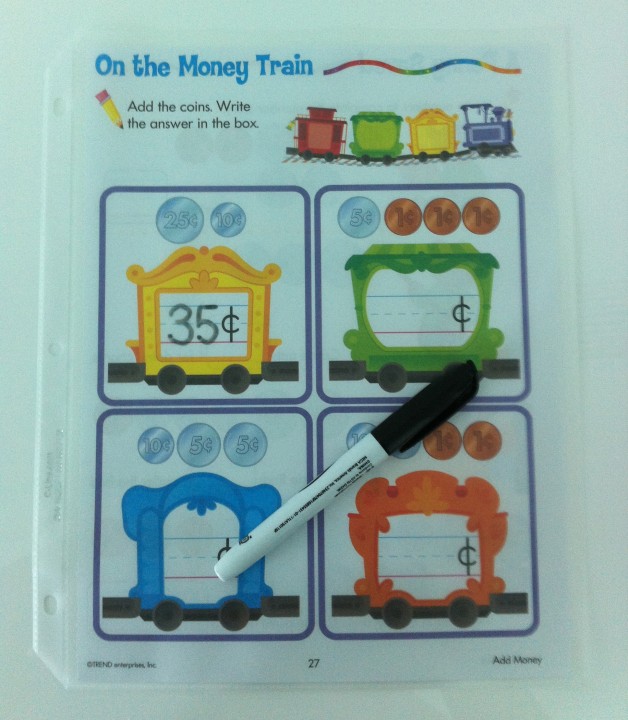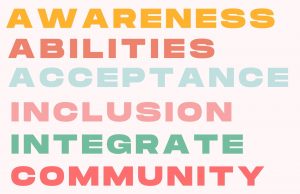Here are some of my favorite fine motor tools that all teachers should consider incorporating in their classrooms when creating stations. These tools work on finger strength, pincer grasp, pincer strength, hand arches and/or in-hand manipulation skills. The importance of these skills is that their mastery actually helps improve pencil grasp and promotes dexterity.
1- Chopsticks: Using adaptive chopsticks to sort pompoms, mini erasers, figurines, buttons and other small items encourages children to use a pincer grasp and therefore strengthens the fingers used to grasp a pencil correctly. Furthermore, these chopsticks must be used with the correct amount of strength i.e it works on graded finger control (using the “just right” amount of force)
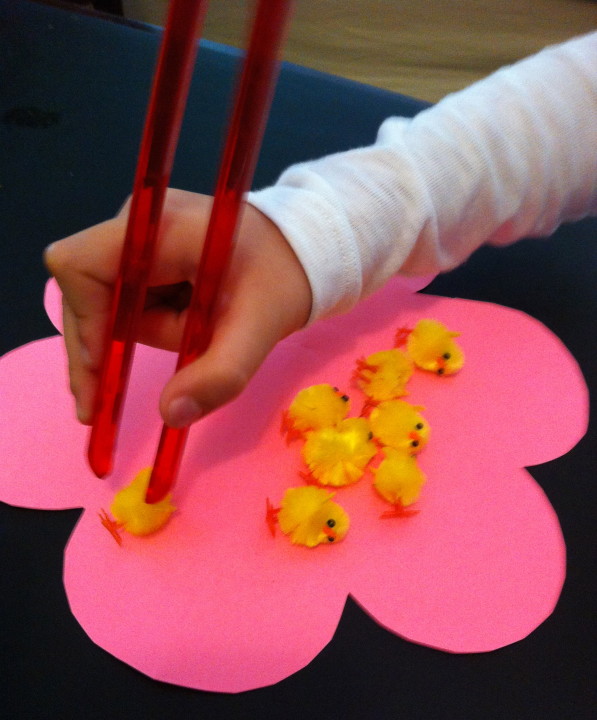
2-Play dough: The versatility of play dough is endless. This resistive material helps strengthen little fingers during play. You can use it with cookie cutters, to make small balls or little snakes, hide small items to be found or to make letters of the alphabet.
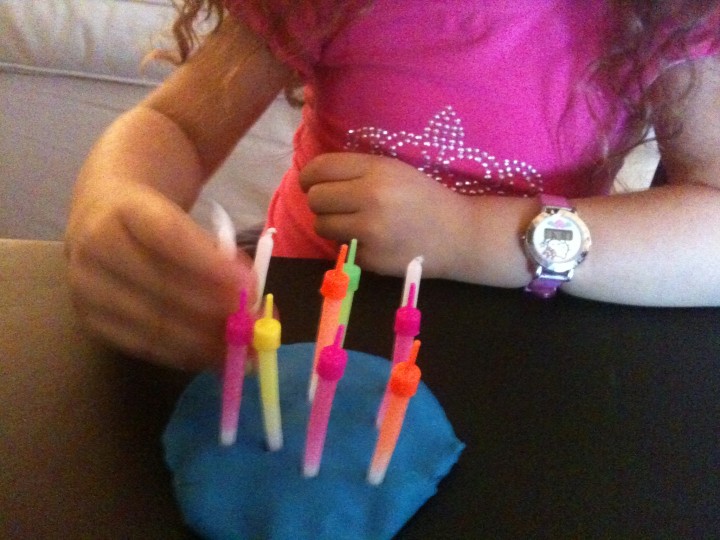
3-Clothespins: I love to use clothespins during sorting activities. Any time you can use clothespins to pick up small items (rather than the child’s fingers) try to incorporate that. It will strengthen little fingers used for pencil grasp. Get creative!

4-Easel: This is by far one of the best tools to have for children in the classroom. It helps place the wrist in the correct extended position which in turn assists fingers to grasp the pencil more easily. I love when teachers use easels for writing assignments or for art projects. Check out my post on easels.
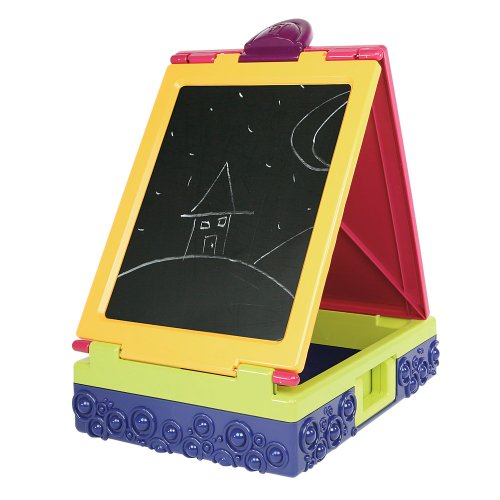
5- Tweezers: Tweezers can be used to pick up small items. You can use regular tweezers or plastic ones. Just like clothespins and adaptive chopsticks they utilize and strengthen the fingers that children need to use for proper pencil grasp.
6- Stickers: Children love stickers and there are endless ways to use them. Check out my post on stickers.
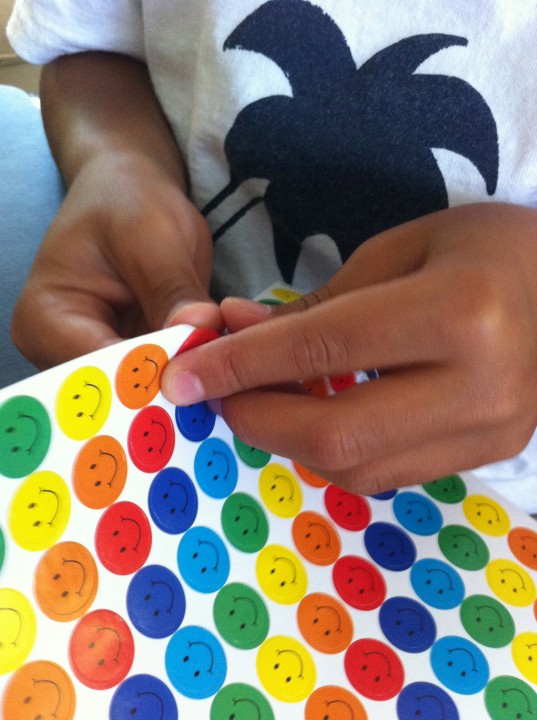
7- Mini erasers, coins or buttons: Manipulatives are really wonderful for counting, sorting, in-hand manipulation skills and for use with tweezers or chopsticks. You can also hide them in play dough, rice or shaving cream and ask children to find them.
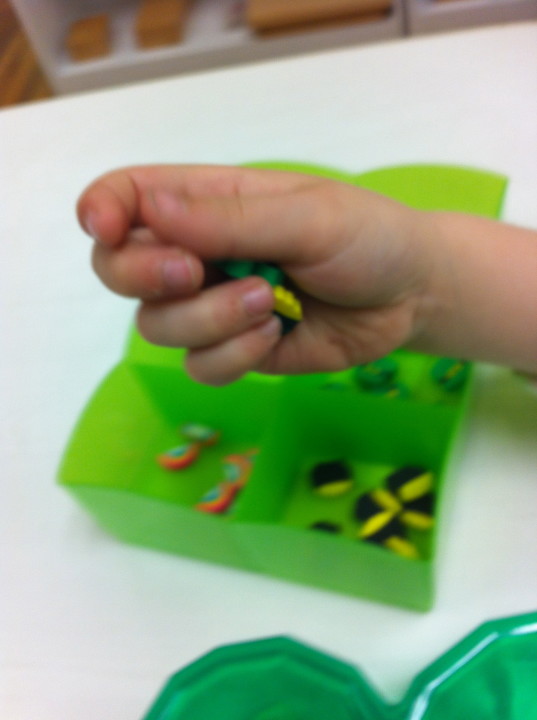
8- Beading: Different sized beads are a great way to work on bilateral coordination skills with little ones while working on neat pincer. You can bead on a pipe cleaner or on a string depending on the child’s skill level. You can also ask them to copy a pattern or make their own.
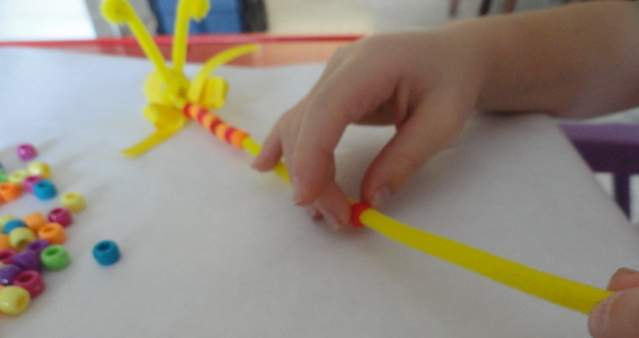
9- Lacing: This is another important bilateral coordination skill that we teach young children. Lacing cards are great and you can create your own!
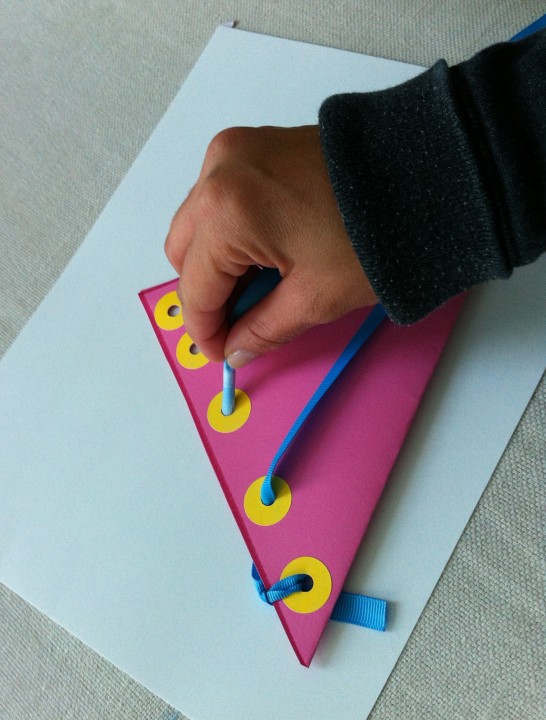
10- ABC insert puzzle or foam letters: I love Alphabet puzzles and foam letters because they can be used in sooooo many ways. You can play word games, copy the letter, ask children to spell words, or pick out the letter with a specific sound. You can hide them in shaving cream or make them a part of a scavenger hunt. The possibilities are endless!!!
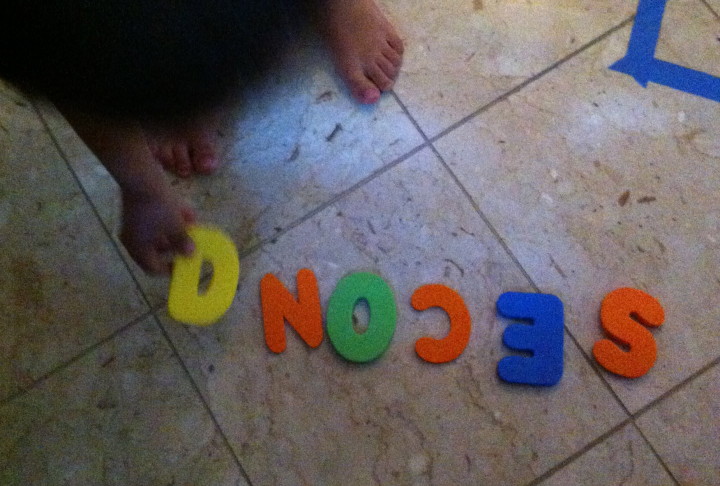
11- Plastic Sleeve and Dry erase markers: This is a great way to re-use worksheets with more than one child. Place the worksheet in the plastic sleeve. Once your child completes it, they can erase it and it can be used by another student! Check out my post on plastic sleeves.
